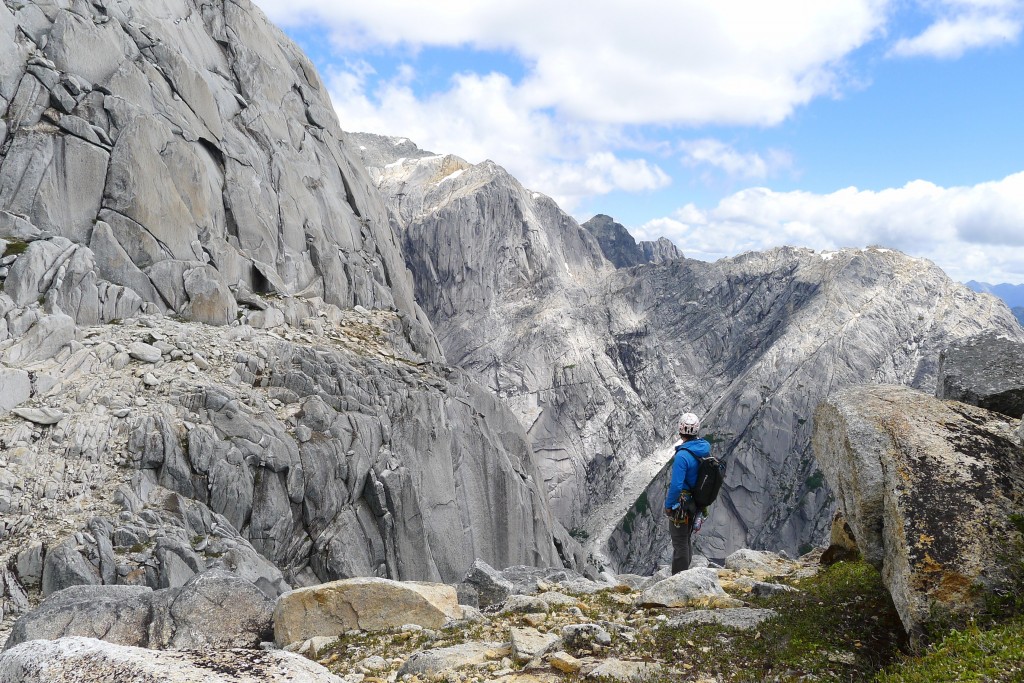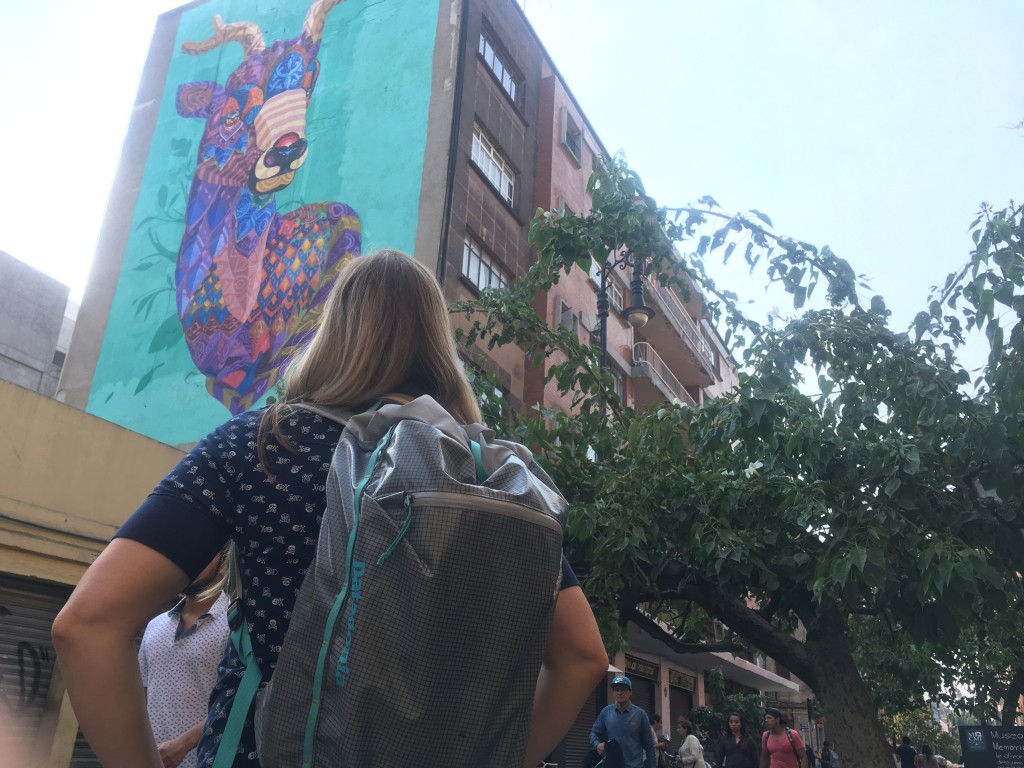We conducted the field testing for our climbing pack review all over North America. From El Capitan to Devil's Tower, the Canadian Rockies to Cochamo, anytime we got more than a pitch off the ground, a pack came along.
Comfort
To test climbing comfort, we were forced to bring OutdoorGearLab indoors. The local climbing gym gave us a controlled environment to assess comfort and other attributes fairly. We loaded each pack with 12 pounds of gear and let our testers take each pack for a spin. Opinions occasionally varied between different body types, but by and large, we could settle on similar scores.
Climbing Utility
We started examining climbing utility by taking an inventory of each pack's feature set, noting what was present and what was missing. We also made a point of giving each pack to climbers who had never used it before to see which features they would use and how intuitive those features were.
Durability
When evaluating durability, we don't go out of our way to destroy the packs, but we definitely don't baby them. We took a thorough look at every part of each pack at the end of our testing to see what was damaged. Any unusually burly treatment on-route is noted.
Versatility
Versatility testing was easy. As active outdoors folk, our testers use small packs all the time, and our fleet of products went everywhere. We examined their cross-over usefulness from lift-served skiing to mountain biking to grad school to a trip to Mexico City for La Dia de Los Muertos.
Weight
Testing each pack for weight was simple: we weighed them with a freshly calibrated scale. All removable parts were included when weighing.
The final published review is an amalgamation of our outdoor trips, indoor testing, and conversations with climbing friends and acquaintances. As always, to assure complete independence and objectivity, the gear tested was purchased at full price by OutdoorGearLab in the retail marketplace.






